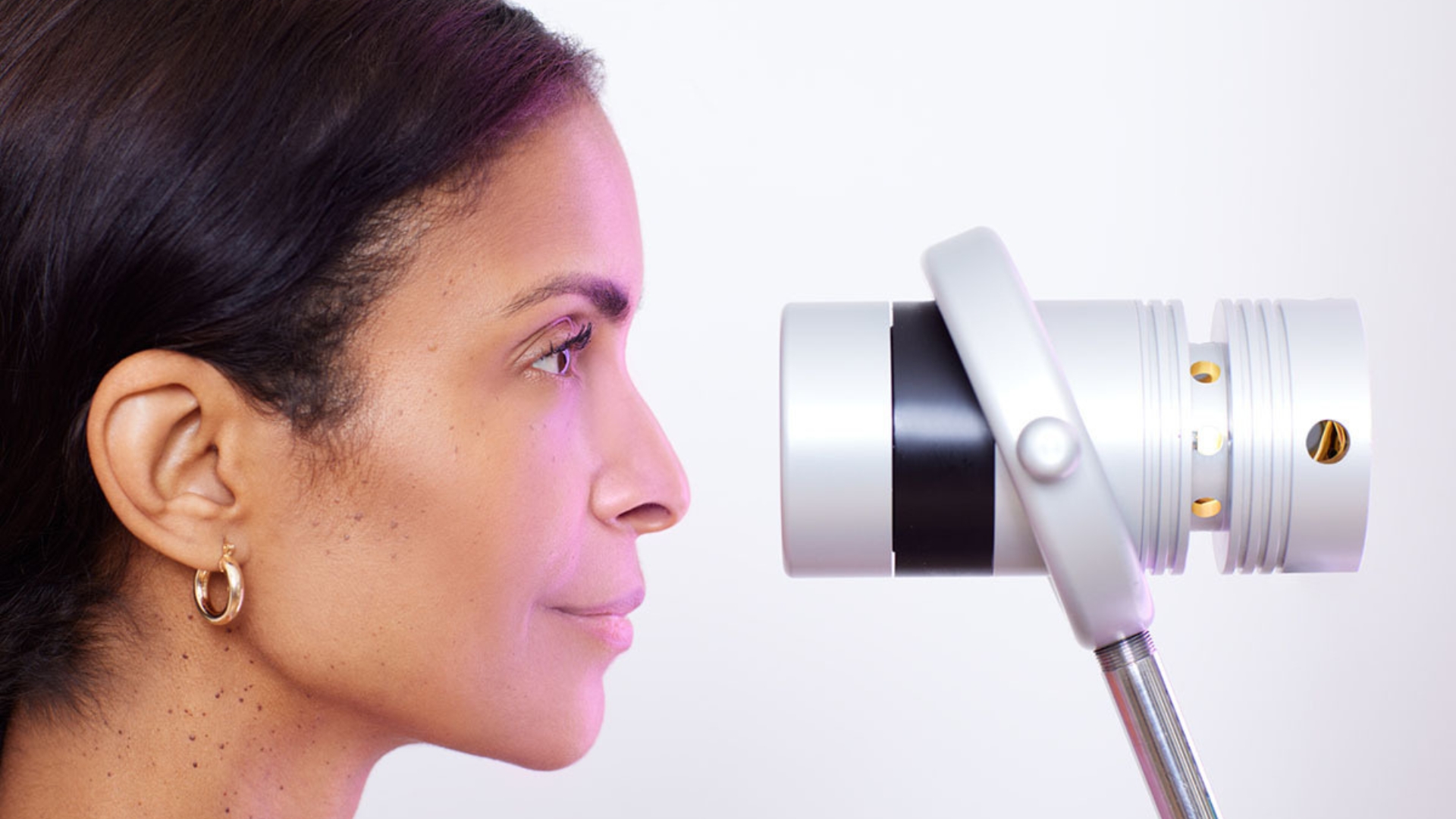Dr. Andrew Huberman’s Morning Routine for Seasonal Affective Disorder (SAD)
Dr. Andrew Huberman, a Stanford University neurobiology and ophthalmology professor, hosts one of the world’s most successful podcasts, the Huberman Lab. Huberman has a rare ability to explain complex scientific findings digestibly, helping millions of his followers optimize their physical and mental performance.
Andrew Huberman’s morning routine is a crucial component for some of the estimated 10 million Americans with Seasonal Affective Disorder (SAD), with women four times as likely to be diagnosed with it than men, according to Boston University. With more than 3.5 million subscribers to his podcast, Huberman’s morning routine has undoubtedly led to the resurrection of vitality and mood regulation for many people.
What Is Andrew Huberman’s Morning Routine for Seasonal Affective Disorder (SAD)?
The essential elements of Dr. Huberman’s morning routine are:
- Consistent wake-up time
- Morning sunlight exposure
- Hydration and delayed caffeine intake
- Morning exercise
- Cold exposure
- Breathwork
- Avoiding external inputs
- Productivity optimization
Keep in mind that anxiousness can be a symptom of SAD, and merely reviewing this list as a must-do to alleviate SAD may itself exacerbate anxiety. Thus, if you suffer from SAD, don’t feel obligated to implement every item on Andrew Huberman’s morning routine list—simply try to make one change at a time.
Consistent Wake-Up Time
Waking up early at roughly the same time every morning helps regulate the circadian rhythm, which plays a crucial role in mood and energy regulation. Establishing a regular sleep-wake cycle can contribute to a more stable mood and increased energy levels throughout the day. In 2020, the first systematic review examining the influence of sleep timing and sleep consistency on health outcomes was published in Applied Physiology, Nutrition, and Metabolism. Over 40 studies involving 92,340 participants concluded, “The available evidence supports that earlier sleep timing and regularity in sleep patterns with consistent bedtimes and wake-up times are favorably associated with health.”
But what if you had a terrible night’s sleep? Should you still wake up at the crack of dawn? Many sleep experts suggest that, yes, you should nonetheless drag yourself out of bed.
Morning Sunlight Exposure for SAD
Exposure to natural morning light during early wake-up hours can positively impact serotonin and melatonin levels, helping to alleviate symptoms of depression and improve overall well-being in individuals affected by SAD. Dr. Andrew Huberman’s morning routine emphasizes the importance of getting sunlight for 10-30 minutes first thing in the morning. This practice aligns with the body’s circadian rhythm and helps regulate mood and energy levels.
In theory, that’s easy for Huberman to suggest, considering he works in sunny Palo Alto, CA. However, if you live somewhere with less sun exposure, consider investing in light therapy boxes (bright light therapy), which mimic the effects of natural sunlight. To trigger the brain to release the feel-good chemical serotonin, light therapy boxes should have a brightness level of at least 10,000 lux of white light, and you should sit in front of the lights for roughly 30 minutes. The Cochrane Review, considered the gold standard of research meta-analyses, found one study that concluded that bright light therapy reduced the risk of SAD incidence by 36%. However, more research is still needed.
An alternative to bright light therapy in the morning, a 2022 randomized controlled study in Depression and Anxiety found that so-called BROAD (Bright, Whole-Room, All-Day) light therapy “seems similarly effective” as 10,000 lux white-light therapy.
Red light therapy (RLT) has also been shown to be effective for people with chronic health challenges. Infrared saunas, a form of red light therapy, may also help battle SAD.
Hydrate Before You Caffeinate
If poor sleep or the inability to get out of bed frequently plagues you for a good chunk of the year, it’s tempting to drink coffee first thing in the morning. However, Andrew Huberman’s morning routine has a strict rule about caffeine intake. He advocates holding off on coffee until at least 90 minutes after waking. Before then, hydrate with herbal tea or water.
It takes time for levels of the neurotransmitter adenosine, which has sedative-like properties that act on the brain, to rise. Caffeine blocks adenosine receptors, which helps you feel more alert. Another reason to wait for your morning cup of java? Your cortisol (stress hormone) levels should naturally decrease 90-120 minutes after waking. In some people, caffeine consumption, especially excessive consumption, may contribute to elevated cortisol levels, adversely affecting health in several ways, including increased abdominal fat.
Get Moving Early
Andrew Huberman’s morning routine also involves exercise to boost mood and energy levels. However, if you have SAD, the desire to get out of bed can be daunting, but willpower is necessary. The good news is that high-intensity exercise is unnecessary—even a mellow walk, especially in nature, can boost your mood.
Cold Water Exposure
Thanks mainly to Wim Hof—the Dutch “Iceman,” who has the freakish ability to withstand freezing temperatures through controlled breathing techniques made famous by his eponymous Wim Hof Method—cold plunges have become a popular biohacking trend and are Huberman-approved.
If the thought of submerging in cold water first thing in the morning gives you anxiety, start slowly, if only for 1-2 minutes. Don’t have a cold plunge? Use your shower or bathtub instead. Ease into it with hot or warm water and then gradually reduce the temperature.
Why subject yourself to cold water first thing in the morning during the cold weather season? Although it may seem counterintuitive, research shows cold water immersion therapy releases mood-enhancing chemicals like epinephrine and dopamine. However, avoid cold water plunges if you have cardiovascular disease; check with your doctor if you’re interested.
Breathing Techniques
At Standford, Huberman’s research team has studied different breathing techniques. One research-backed method to combat stress is the “physiologic sigh.” One physiologic/cyclic sigh is two inhales through the nose (one prominent, one smaller) followed by a long exhale through the mouth until the lungs are empty.
This breathing routine, practiced for 5 minutes daily for a month, can have the same or better effects on relaxation, reduced stress, lower resting heart rate, and improved mood compared to meditation, claims Huberman in one of his podcast episodes. Don’t have time for 5 minutes a day? “Even just one physiologic sigh is the fastest way to bring about calm in real-time,” says Huberman.
Be Anti-Social First Thing in the Morning
Huberman also suggests avoiding checking emails or social media in the morning to help maintain focus and mental clarity. Besides, it’s best to expose your eyes to natural sunlight—or light that mimics full-spectrum sunlight—and go for a casual morning stroll immediately after waking.
Productivity Biohacks
Finally, Dr. Huberman offers several tips for staying focused throughout the day, such as taking mini-work breaks every 90 minutes and listening to binaural beats. By implementing some elements of Huberman’s morning routine for SAD— consistent, early rising, direct light exposure, and exercise first thing in the morning—you may have more energy and, as a result, be more productive during the day.
Disclaimer: The statements made in this article have not been evaluated by the Food and Drug Administration. Any products or treatments mentioned are not intended to diagnose, treat, cure, or prevent any disease. Please consult a licensed medical practitioner for medical advice.
At Innovative Medicine, we believe in transparency. We want you to know that we may participate in affiliate advertising programs pertaining to products mentioned herein.
See how we can help you restore complete health of body, mind & spirit.
Join our mailing list and receive exclusive offers + information!







Leave a Reply
Want to join the discussion?Feel free to contribute!